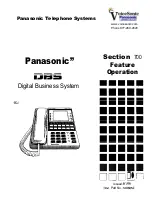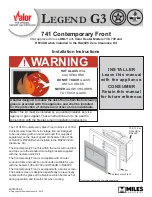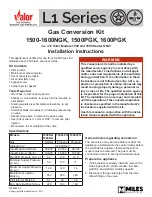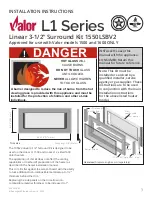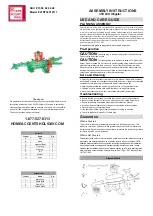
Kvaser Memorator Professional User’s Guide
7 (37)
•
100% compatible with applications written for Kvaser hardware such as
LAPcan, PCIcan, and USBcan with Kvaser CANlib.
•
Two high-speed CAN channels (compliant with ISO 11898-2), 5 kbit/s up to
1 Mbit/s or one high-speed channel and one low-speed channel (ISO
11898-3), 5-125 kbit/s.
•
Fully compatible with J1939, CANopen, NMEA 2000 and DeviceNet.
•
One USB 2.0 HiSpeed connection with data rates up to 480 Mbit/s. The
device can also be used in USB 1.1 slots (with up to 12 Mbit/s).
•
Power is taken from the CAN bus or from the USB bus. The device
automatically switches power supply between the CAN (primary) and the
USB (secondary), reducing power drain on a laptop’s battery.
•
Small, light plastic housing with dimensions (W x L x H) approximately 46 x
115 x 22 mm (1.8 x 4.5 x 0.9 in) – easy to tuck away (e.g. in a vehicle during
a test drive).
2.3
CAN logger Functions
•
One flash disk connector that accepts SD and MMC cards, with the size
ranging from 32 MB up to 2 GB. SDHC cards are supported with sizes up to
32 GB as of December 2008.
•
Built-in real time (calendar) clock with battery backup.
•
Easy to use graphic configuration tool.
•
Logger status is indicated with five externally visible LEDs.
•
Supports silent mode – you can log bus traffic without interfering with it.
•
Handles 100% bus load at 1 Mbit/s with two channels (>20000 messages per
second).
•
Short start up time.
•
Upload logged data via USB at 1.2 MB/s when connected via USB 2.0
HiSpeed, or at 14 MB/s when using an external flash disk reader.
•
External trigger input (e.g. pushbutton).
•
External trigger output (e.g. a LED or buzzer).
•
Pretrigger space is limited by available disk space only.
•
Select trigger signals from a CAN database, or define them directly in Kvaser
Memorator Tools.
Kvaser AB, Mölndal, Sweden — www.kvaser.com
























